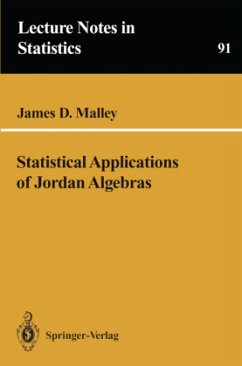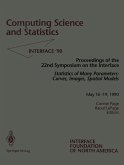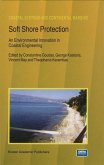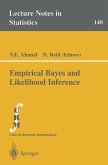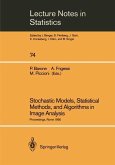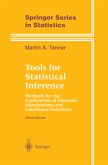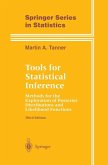This monograph brings together my work in mathematical statistics as I have viewed it through the lens of Jordan algebras. Three technical domains are to be seen: applications to random quadratic forms (sums of squares), the investigation of algebraic simplifications of maxi mum likelihood estimation of patterned covariance matrices, and a more wide open mathematical exploration of the algebraic arena from which I have drawn the results used in the statistical problems just mentioned. Chapters 1, 2, and 4 present the statistical outcomes I have developed using the algebraic results that appear, for the most part, in Chapter 3. As a less daunting, yet quite efficient, point of entry into this material, one avoiding most of the abstract algebraic issues, the reader may use the first half of Chapter 4. Here I present a streamlined, but still fully rigorous, definition of a Jordan algebra (as it is used in that chapter) and its essential properties. These facts are then immediately applied to simplifying the M:-step of the EM algorithm for multivariate normal covariance matrix estimation, in the presence of linear constraints, and data missing completely at random. The results presented essentially resolve a practical statistical quest begun by Rubin and Szatrowski [1982], and continued, sometimes implicitly, by many others. After this, one could then return to Chapters 1 and 2 to see how I have attempted to generalize the work of Cochran, Rao, Mitra, and others, on important and useful properties of sums of squares.

